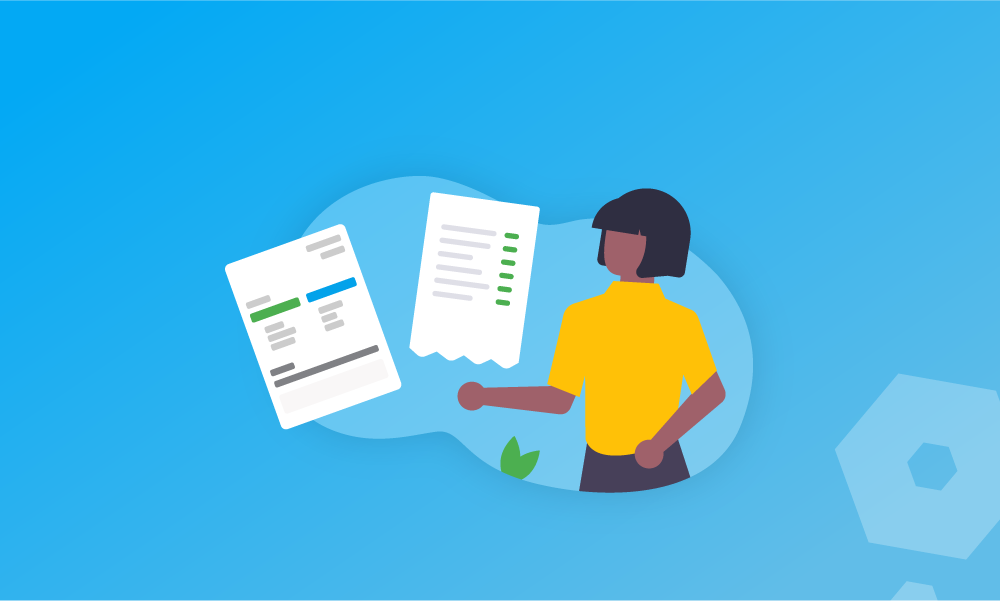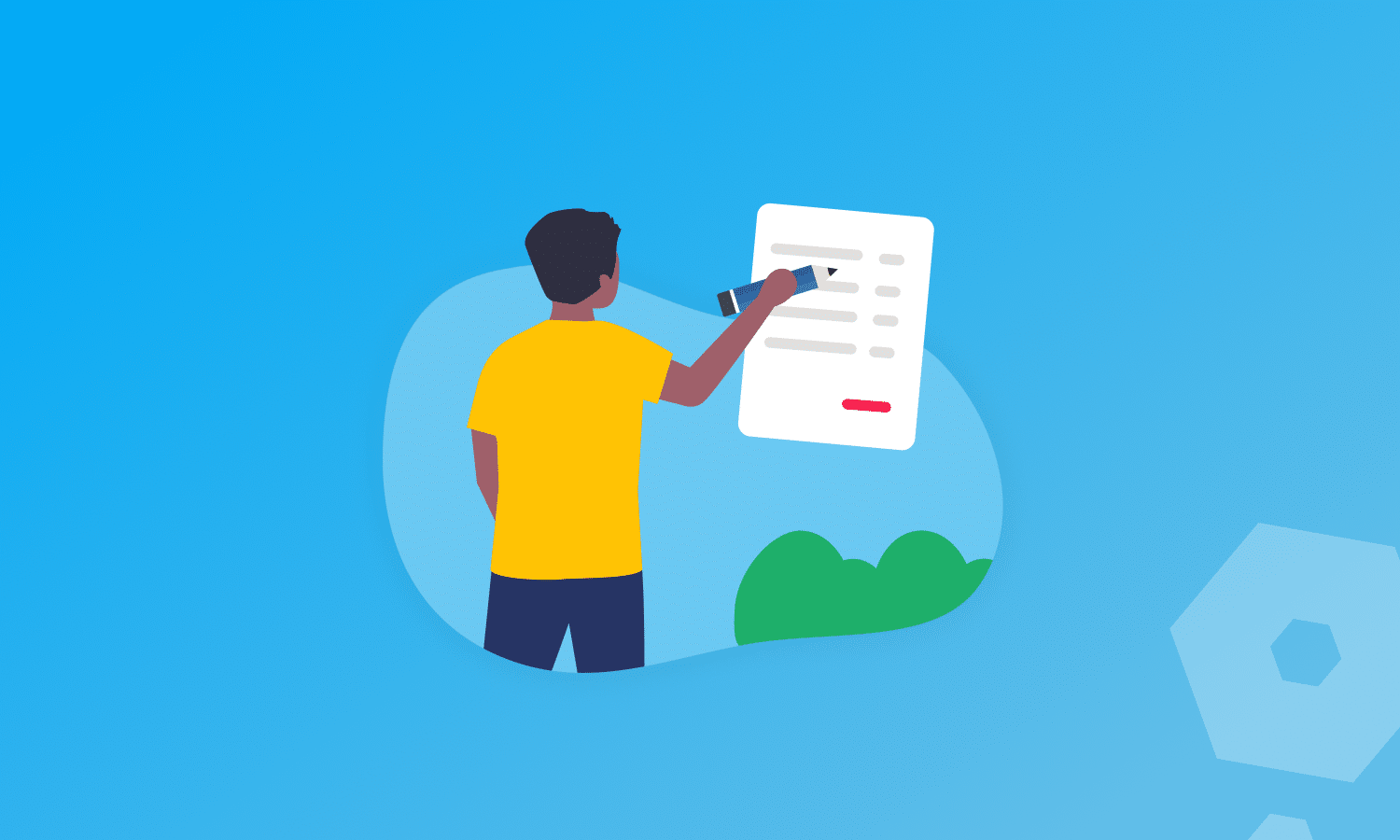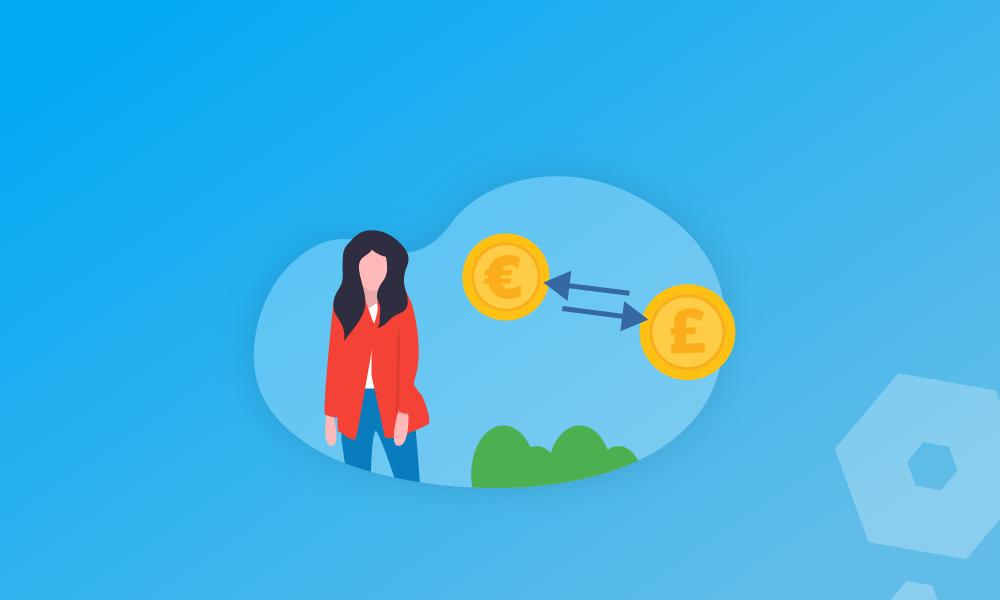As a freelancer or small business owner, knowing when and how to invoice a client can affect both cash flow and your relationship with them. You want to get paid. You also want the invoicing process to be smooth and stress-free.
It’s an important part of managing your business finances but there’s no one-size-fits-all answer – it depends on your project and client. Let’s take a look.









